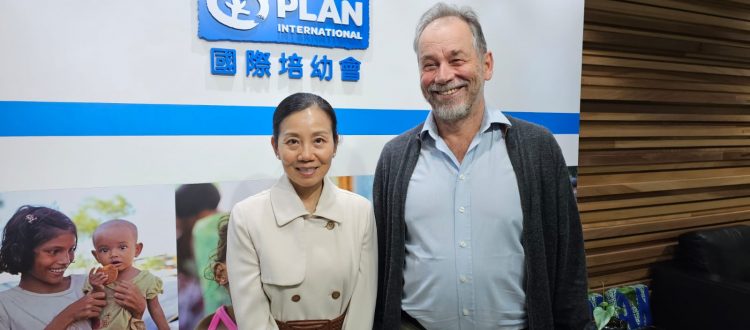A Closer Look: Cultivating Hope for Children in MEESA Region Amidst Hunger, Climate Change, Displacement, Child Marriage, Poverty, and Unemployment
Roger Yates, the Regional Director for Plan International’s Middle East, Eastern and Southern Africa (referred to as ‘MEESA’), brings over 15 years of experience to the organisation, particularly in disaster risk management and community development. During his first visit to Hong Kong, we seized the opportunity to gain an in-depth understanding of the challenges children face in the region and how Plan International, with the generous support of donors like you, is driving meaningful changes.
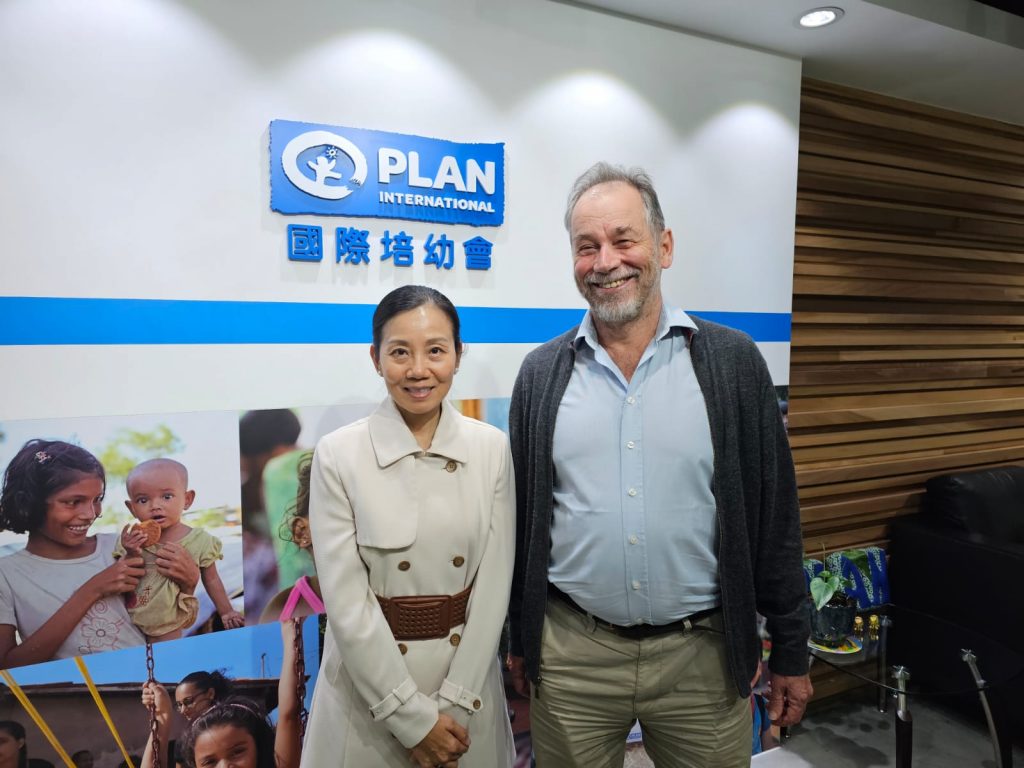
Roger Yates, the Regional Director for Plan International MEESA region asks Dr. Kanie Siu, Chief Executive Officer of Plan International Hong Kong, to convey his gratitude to donors from Hong Kong.
Question 1: Could you share with us two particular moving true stories that can help us grasp the stark reality of the hunger crisis in Africa, which is of great concern to numerous Hong Kong donors?
There was a tragic story we heard in Somalia – In a displacement camp, one of our colleagues saw a mother who seemed to be cooking. Upon closer inspection, our staff discovered that she was boiling stones. Glancing at her sleeping children inside the tent, the mother lowered her voice and explained her desperate act: “My children were starving and wouldn’t stop crying. I had to pretend to cook by placing stones in the pot, telling them the meal required a very long time to prepare and wouldn’t be ready until the morning, allowing them to fall asleep with some hope.”
Another story I’d like to share is about a 13-year-old girl awaiting child marriage to exchange for food for her family: “I miss my two sisters; they were both married off because of the drought. I worry I’ll be next.” Khadra, a 13-year-old Somali girl, originally from a large and well-off family, has been living in a displacement camp for the past three years following severe drought that led to the loss of all 150 of their cows. With no income or food, her parents married off her 16 and 15-year-old sisters in exchange for a dowry equivalent to about HK$1,500 each. Khadra’s mother admits that she doesn’t wish her daughters to get married so young: “I want them to continue their education, but we have no choice because we need the money to buy food and pay back a loan that we had taken out to buy food, allowing the rest of the family to survive.”
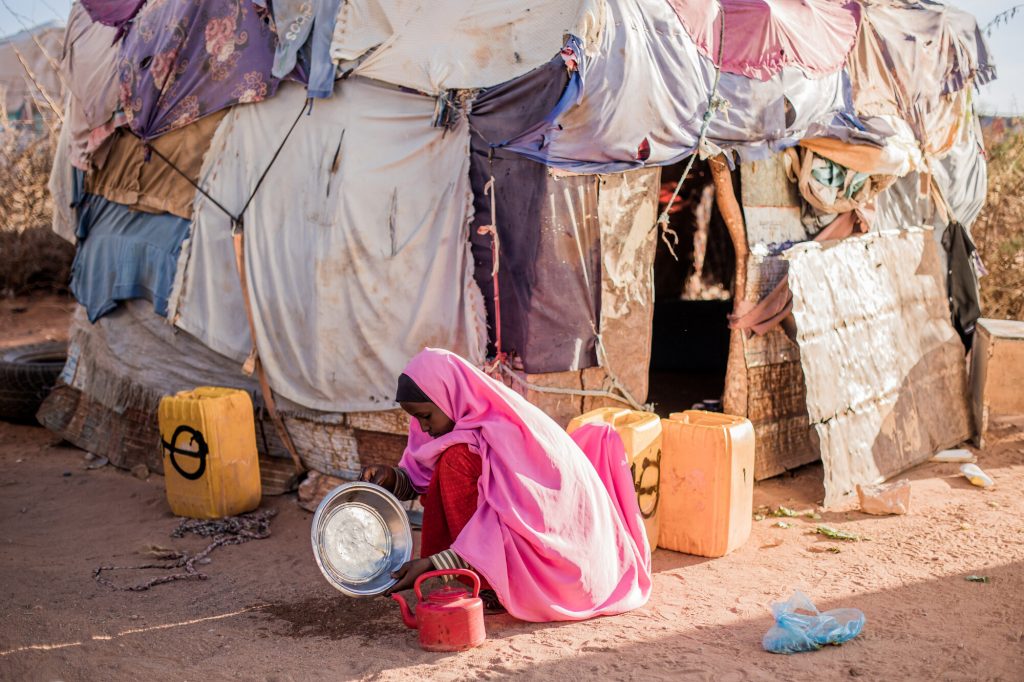
Witnessing eldest sisters being married off, 13-year-old Khadra fears that she may be next in line for marriage.
Question 2: Could you tell us about the causes of the hunger crisis and its current situation?
The hunger crisis in Africa stems from a complex interplay of factors. In the northern parts of Kenya, Ethiopia, and Somalia, five consecutive years of crop failures have led to food shortages for both people and livestock, resulting in the deaths of more than 12 million animals. Big swarms of locusts coming through around 2022 also devastated huge areas. The current situation, although not as dire as before, remains tense overall, with many people only able to eat one meal a day. We are keeping a close eye on the long-term consequences of conflicts and the COVID pandemic, which have reduced the planting areas across Africa. Attention is also on southern nations like Zimbabwe, Zambia, Malawi, and Mozambique, where the recent poor rainy seasons may lead to intensified hunger. Additionally, the war in Ukraine has caused a surge in wheat prices, affecting countries like Egypt and Lebanon that rely on wheat as a staple food.
When a family faces food shortages, women and girls are often the first to suffer. In extreme cases, mothers may be forced to marry off their young daughters in exchange for food. To prevent such tragedies, we provide food and other immediate assistance to families in need, while also working to improve agricultural production methods, assist in developing sales channels, and strengthen nutrition education. We have also launched several school feeding programs to ensure children have access to food and nutrition at school, thereby encouraging school attendance. We are also grappling with the lingering devastation of past hunger crises, notably the long-term cognitive development issues due to malnutrition in children from birth to age three.
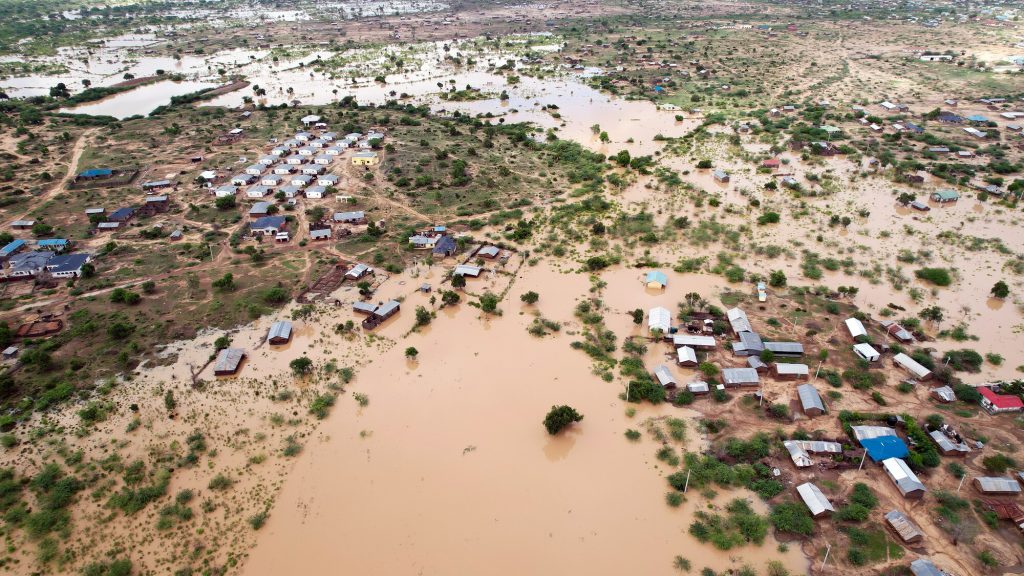
In Kenya, flooding triggered by El Niño rains has caused widespread devastation.
Question 3: Food insecurity and climate change are inseparable. Apart from Somali, what is impact of the climate change on the wider MEESA region?
The climate emergency is drastically affecting our communities, with droughts, floods, and changing disease patterns. It’s complicating traditional farming practices, making food production more unpredictable and challenging. Mozambique, for instance, is prone to cyclonic devastation due to its geographic positioning, on top of drought and rural underdevelopment, making it one of our poorest countries. Our interventions include disaster risk reduction training, advocating for climate-resilient policies, bolstering resilience, and assisting communities to modify agricultural practices. These efforts aim to secure food safety and support the diversification of income sources to mitigate the impacts of climate change.
Question 4: Given the significant displaced and refugee population in the region with substantial humanitarian needs, on top of immediate humanitarian support, why is promoting sustainable development in the host community important?
The MEESA region is beset by a range of challenges, including ongoing conflicts, the escalating effects of climate change, hunger crises, and severe socio-economic disparities, leading to a cascade of issues such as prevalent child marriage and high youth unemployment rates. The humanitarian needs in the region are particularly immense. In 2022 alone, we launched over 100 humanitarian interventions in the region, including responses to the mass displacements caused by continuing conflicts in South Sudan and Somalia. Furthermore, since the outbreak of crisis in Gaza last year, our colleagues in Egypt and Lebanon have been dedicated to providing support for impacted children and families.
While responding to immediate humanitarian needs, we are convinced that strengthening the host communities will also better support displaced children and families. Therefore, whenever we undertake a project with refugees or displaced people, such as constructing or improving schools, we always engage the local community. Our approach also takes the environmental and resource pressures that the influx of a large migrant population brings to the host communities into consideration, aiming to prevent resentment and ensure all parties are benefitted.
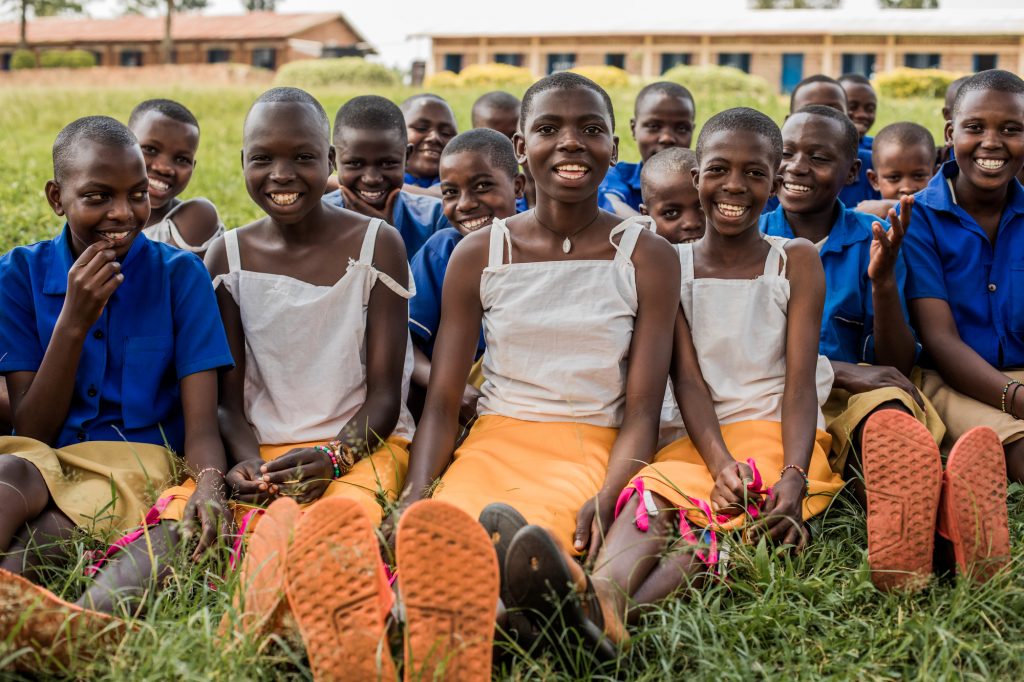
Through child-focused community development initiatives, we create broader and more enduring changes for children.
Question 5: What are the deeper implications of the Child Sponsorship Programmes in the sustainable development of community?
The heart of Child Sponsorship Programme remains child-focused community development initiatives that create broader and more enduring changes to meet children’s needs in education, health, and protection. Over the past decades, we have been committed to improving access to education and infrastructure, reducing infant and maternal mortality rates, with all indicators showing improvement. Primary school enrolment rates in the region have increased significantly, more girls are advancing to secondary and higher education. There has also been a shift in consciousness, with many people clearly changing their attitudes towards child marriage and female genital mutilation. This bottom-up development is made possible by sponsorship from donors and supporters.
The core of our Child Sponsorship Programme is “connection”. The bond established between donors and the sponsored child lets these children know that someone far away cares about their future, which motivate them to strive for betterment. Our long-term engagement with the beneficiary communities allows us to genuinely understand the needs of children and the communities, whilst also fostering recognition and trust with the community and local authorities. In times of crisis, we can respond more swiftly, such as during the COVID pandemic, we provided cash assistance to some of the beneficiary families to help them through tough times.
Regarding our long-standing projects, there are three key areas of focus in our region: Firstly, we aim to end child marriage and early pregnancies through comprehensive programmes. Secondly, we provide support to girls in displaced settings, who are often the hardest hit in times of crisis. And thirdly, we foster employment and entrepreneurship among youth, with an emphasis on empowering young women.
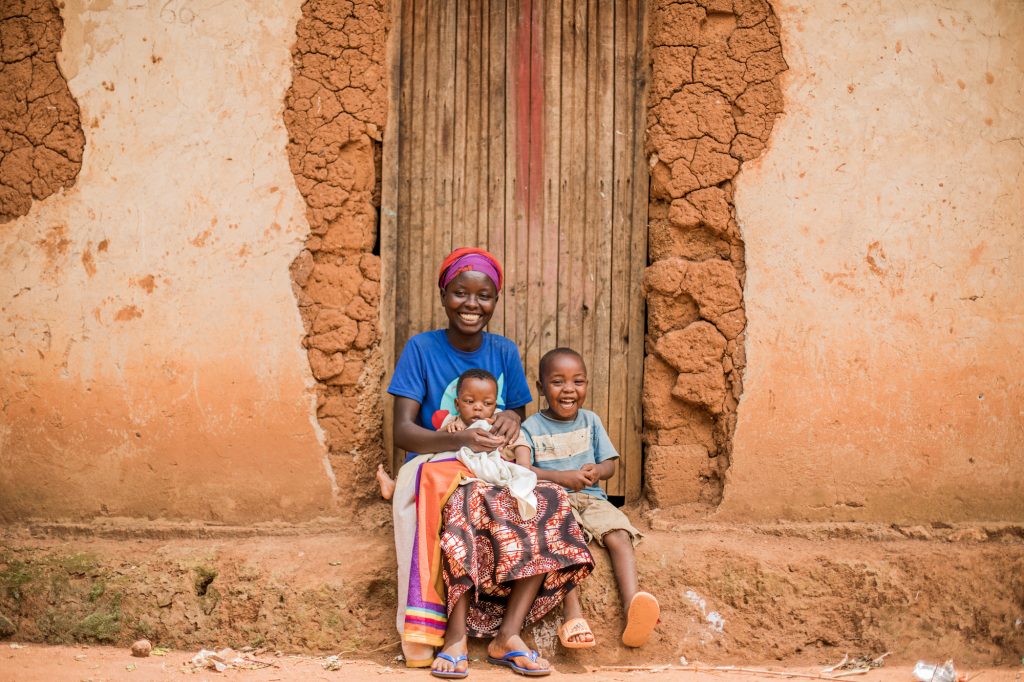
In Rwanda, 20-year-old Jeanette left school when she was 14 and she is now a mother of two. She joined a youth club for young people who dropped out of school early, which has given her hope for the future.
Question 6: Child marriage has far-reaching consequences on girls’ health, education, and long-term well-being. How to address this issue in the Region?
We are tackling this issue through comprehensive community engagement projects, which include education and awareness campaigns, advocating for policy change, and providing direct support to girls at risk. In 2022, our integrated “End Child Marriage” projects across 11 countries have reached over 1.4 million girls, among whom 1,760 were able to escape from child and forced marriages. However, eradicating child marriage is not an overnight feat; it is equally vital to support married girls to return to school, and ensure that young mothers can raise their children healthily and safely. Advancing girls’ rights is a long journey that may take a generation’s time and requires the sustained support of donors.
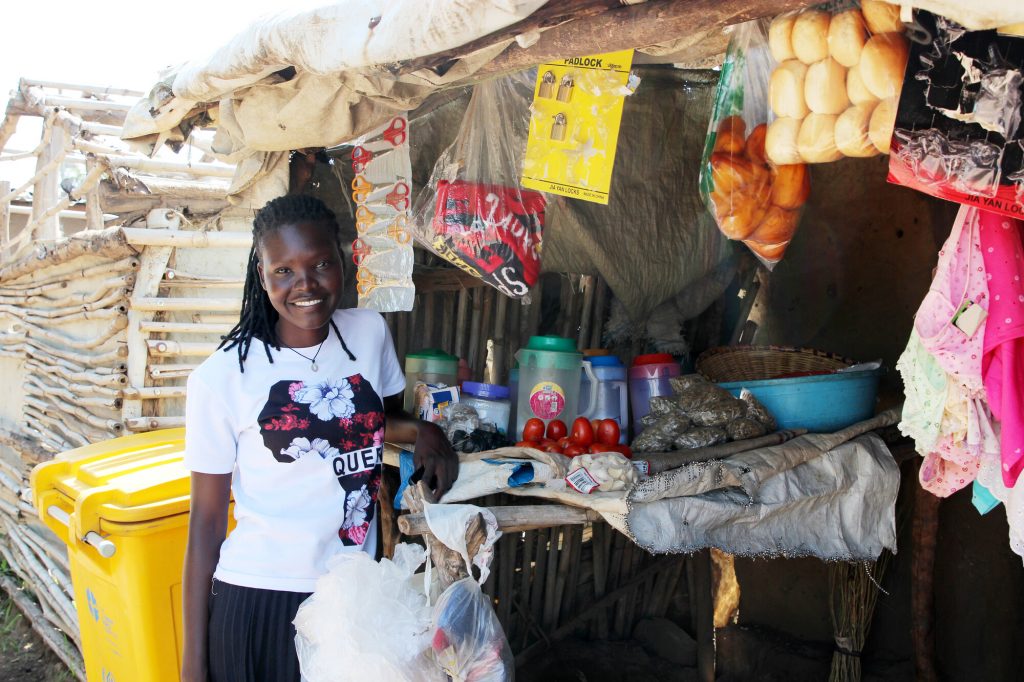
In northern Uganda, Ruth, a 20-year-old refugee from South Sudan, is now an owner of a successful small business after participating in a business training programme set up by Plan International.
Question 7: Why is supporting young people with employment and entrepreneurship so pivotal in the MEESA region?
The myriad challenges faced by children, such as child marriage and dropping out of school, are inseparable from the cycle of poverty. Unemployment affects up to one-third of young people in the region, with young women’s unemployment rates being double that of young men. Through our ‘Skills and Opportunities for Youth Employment and Entrepreneurship’ (SOYEE) programmes, we work closely with employers to ensure that young people learn skills required by the market, including the in-demand digital and information technology skills. We are also focused on providing entrepreneurship training to help young people develop their own small businesses. In 2022, our SOYEE programmes have benefited more than 567,000 young people.
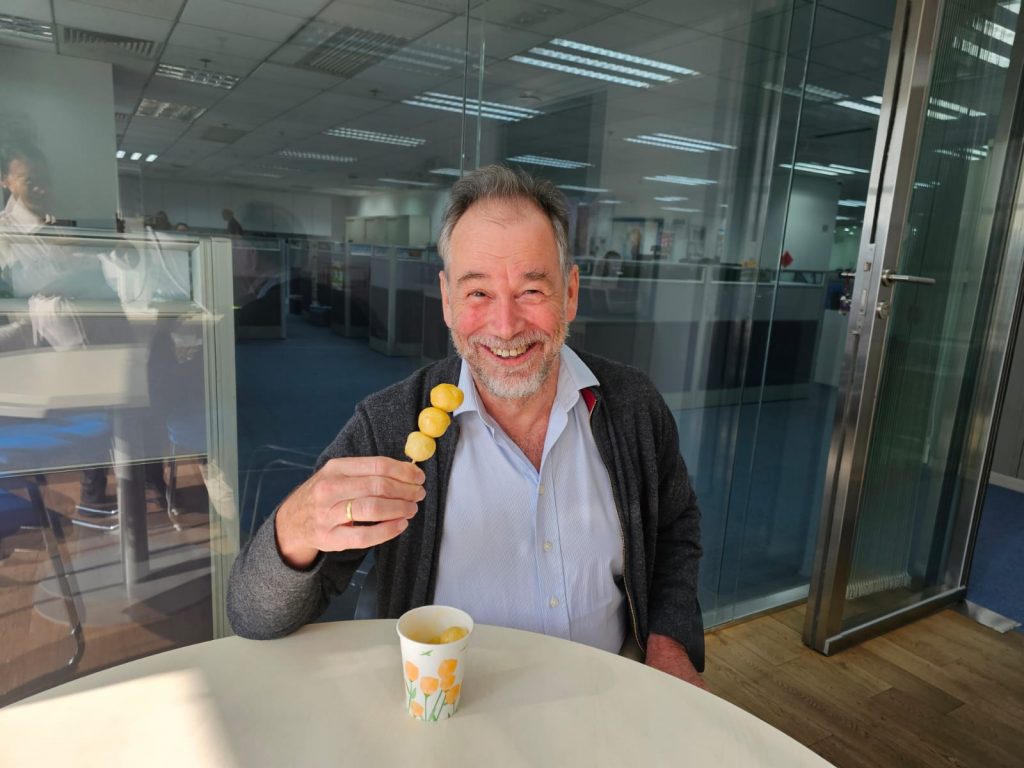
A Heartfelt Message to Donors from Hong Kong
“I greatly appreciate people in Hong Kong who are willing to sponsor and support children, families, and communities in countries that they may not have visited or heard about in the news. Your generosity demonstrates your great support in advancing children’s rights and equality for girls. Your persistent commitment is so important because the changes we are pushing for together could not be realised in a short time and require step-by-step approaches. We are thankful for your long-term support.” — Roger Yates
